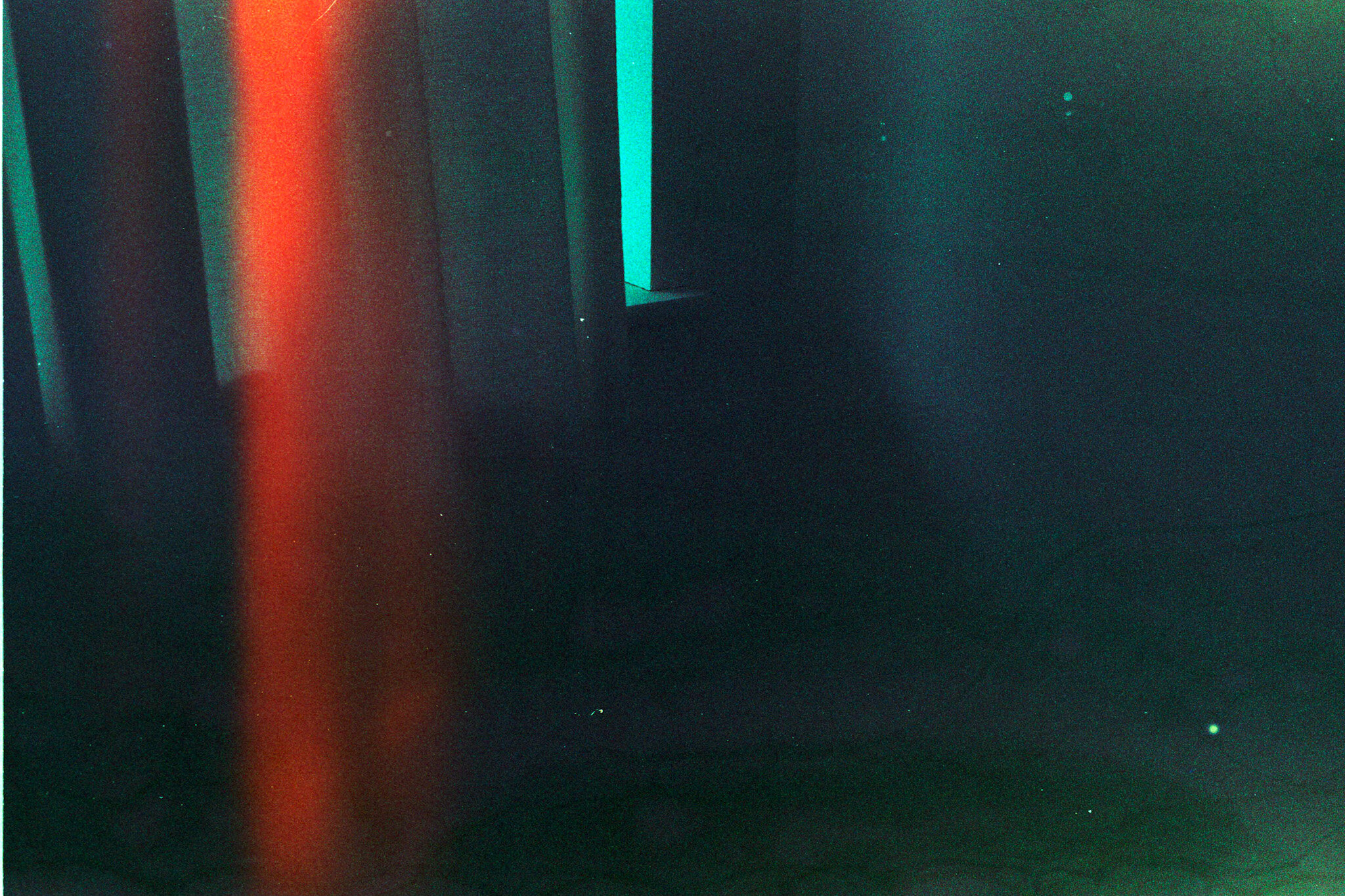










When I first got (back) into film at the start of 2019, quite a few people told me about Cinestill 800T. Up to the point I went into film, my work had been in colour, so it was no surprise to have people recommending colour film to me. After a few months of shooting black and white, I bought two rolls of Cinestill 800T in mid-2019, since which time they have sat on the shelf and quietly expired along the way.
But last month, feeling a hankering to foray into colour film, I decided to shoot the two rolls of (now expired) Cinestill 800T before the days got longer and I had to go out at a late hour to shoot them at night.
This is not a film review of Cinestill 800T. It is my impressions as someone who shoots exclusively black and white film. Bear that in mind as you read this.
Impressions and experience
Having shot in black and white exclusively for around two years, I found shooting for colour slightly disorientating. With colour, one is looking for a different composition, where colour is one of the elements. It could be the subject but if it is not, then it shouldn't overwhelm the subject, competing for attention. So, I think there is more to consider when shooting in colour than in black and white.
Secondly, I couldn't really pre-visualise the end result as I wasn't familiar with the colour properties of this film. I had a rough idea from what I had seen of other people’s images but that was my only reference point.
Lastly, I was limited to the locations I could shoot: due to covid restrictions, I restricted myself to my locality. It might be, with more interesting locations, I could do the images more justice.
Light Leaks
My favourite images from the two rolls are the ones with the "light leak" streaks. I don't think they are light leaks as such but something to do with the film or its having expired. But that red/orangy-red is very striking.
Here they are, together with the obligatory Shell petrol station shot but it’s better with the light leak effect, don't you think?
Halation On Lights
One of the attraction of Cinestill 800T is the halation around lights. I think this has pros and cons. Obviously when there are many lights present you can compose for that effect. At the same time, if there are many lights present but you don't want them to stand out, there is not much you can do.
In this image below, I am composing for the light halations.
But in this image below, I could do without the light halation. It makes the light the central point (which I didn’t want) but you can argue it works in a way. But I was disappointed with the overall colour because it doesn’t capture the mood of the actual scene.
Greenish Hue
I got a distinct greenish hue in many images. I have noticed this in other people's images shot on this film. From what I have read though, Cinestill 800T is tungsten balanced and should produce fairly good white-balanced results when shot under urban lights at night. I'm not sure why I got this greenish hue (sometimes together with magenta): it may be the light source, or that the film has expired, or the development (it was processed by a lab). I am neutral on the greenish hue: it could be used to good effect but it's something to bear in mind when composing for it.
In Summary
To use this film to good effect, I'd have to experiment a lot more. Initially, only the light leaks images made an impact and I didn’t warm to the others for a while but some are beginning to grow on me. Personally, I find the colour rendition (fairly muted at times) coupled with the greenish hue a challenge to compose for. And much as I like the acidental light leak effect, I can’t call them up at will. If we then factor in the cost of a roll at £12-£13 per roll of 36 35mm film, the cons far outweigh the pros for me to experiment. So for now, it’s back to black and white for me.





